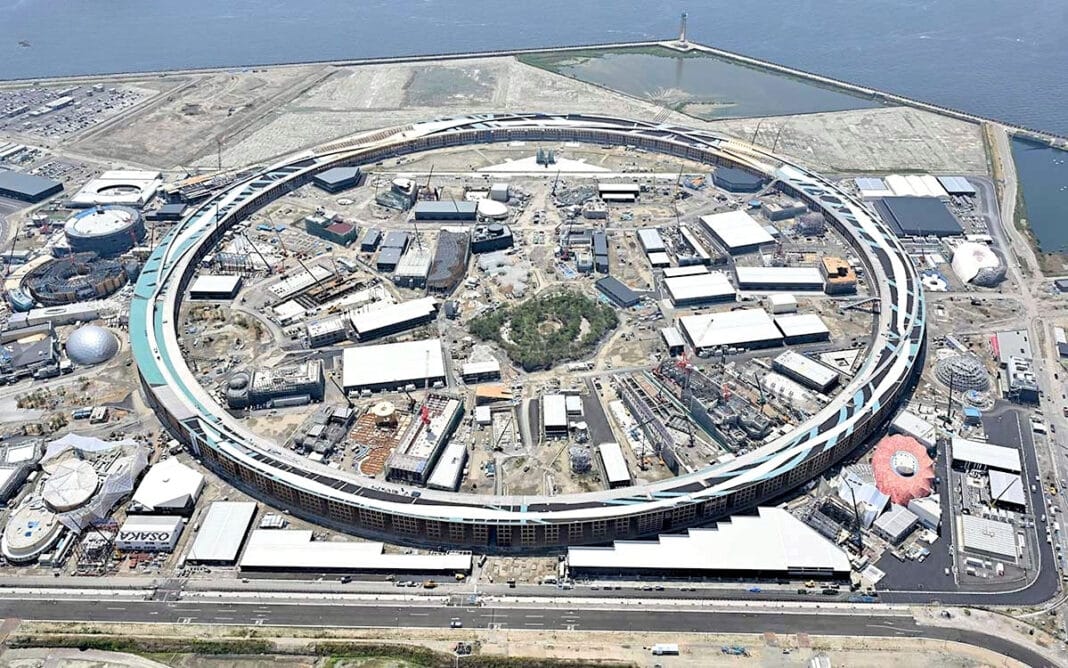Despite concerns over a sluggish global economy and the need to cut back on expenses, companies are still using incentive programmes to reward and motivate top employees, customers and partners. This was the consensus among four panellists who joined “The Power of Incentives – New Initiatives, Same Objectives”, hosted by Mix at ITB Asia in mid-October at Marina Bay Sands.
The two-hour panel discussion focused on how incentive programmes have evolved over the years from being purely cash-driven to being experience-based.

Going "Underground"
Stung by negative media publicity about the thousands of dollars spent on incentive trips at the height of the collapse of the US sub-prime housing market in 2008, companies today adopt a low-key position for their incentive programmes. “I think a lot is still going on, but the companies have just become smarter in the way they are communicating,” says Benjamin Fox, general manager, Imagination Singapore.
Robert Guy, managing director for Singapore and Malaysia at Destination Asia, notes: “Many incentive trips have been renamed and have become ’meetings and conferences‘ where there is probably one meeting and the rest is incentive.” He adds that some companies have gone “underground” and are tight-lipped about sending groups overseas. “Whatever it is on the arrival sign is very neutral and non-existent – no customer name, no identification of what it is you are doing.”
The issue of employee attrition was cited as a major factor for retaining corporate incentive programmes. Fox, whose company handles a lot of technology firms, says, “They need to rally the troops – make them feel alive and excited as they are going through tough times. So, they are spending on incentives.”
However, today’s incentive activities are normally tied to a specific purpose and an ROI. “They have to get meaning out of it,” Fox says. “They get to party but they must also meet the business objective – which is actually very good. Incentives now are always hooked to something else.”
Belinda Doery, regional manager for strategic meetings management – JAPA at American Express Meetings and Events, observes that mid-tier companies are starting to overtake multinational companies (MNCs) in incentive travel spend. “Due to the media test and changing compliance requirements, MNCs’ spending on incentives is dropping substantially. It is the mid-tier companies that are starting to increase the way they spend,” she says.
She attributes this to the changing demographics within their organisations – specifically with the entry into the workforce of Generation Y, whose reward expectations are very different from their older colleagues. “A company that wants to have a successful incentive programme has to structure it so it meets the needs of each individual it is trying to incentivise,” she adds.
Rusman Salem, vice-president of Indonesia-based ADR Group of Companies, says the company maintains a tiered incentive programme structure as a way of catering to the different expectations among its ranks. “It is hard to please everybody, but this is the way it works for us,” he says. “And in our experience, we find an incentive trip is still the best way to motivate and keep staff.”
The CSR Element
The current practice of incorporating a CSR (corporate social responsibility) activity into a programme to justify the incentive trip was a major thread that came up during the ITB discussion. For Doery, a CSR-based incentive is a “win-win” solution for companies.
“It meets the media test. The company is not splashing out all that money for no apparent reason,” she notes.
“This means a lot of incentives do not go to the traditional resorts and beaches. They are going to more culturally sensitive locations and engaging with the local communities.”
Comments from the audience, however, pointed out that event companies are not doing enough in pushing clients’ CSR activities to be longer than a mere half-day or full day of an incentive programme.
“Most times, we are given two hours for a CSR session, which is, of course, not enough,” says Fox of Imagination Singapore. “But if the client isn’t interested and they don’t have the time and budget… it is a competitive landscape at the end of the day and we need to make money.”
Guy of Destination Asia notes that in a situation where CSR is not part of a brief, the event company might want to present an alternative. “When I do a proposal, I always present a wild card, something that the customer hasn’t asked for,” he says. “But make no mistake, incentive travel is a corporate tool to achieve a corporate goal. It is not about doing good. We cannot lead them to an orphanage if they want to go to the golf course. That is one of the realities of our business. We have to listen to the customers or they will throw us out.”
Salem of ADR Group of companies say a CSR programme doesn’t have to be a part of an incentive itinerary. “We split our CSR programme from our incentive programme. Building roads and school classrooms is something that can be done in the area where the company is based. You don’t need to travel for that.”
All the panellists agree that an incentive programme is about providing a unique experience to the people you want to reward. “There are two key criteria of an incentive experience: one, it has to be something that the individual normally would not pay for or can justify paying for; and two, it has to be something that he or she would not be able to normally access,” says Doery
Gigi Onag


